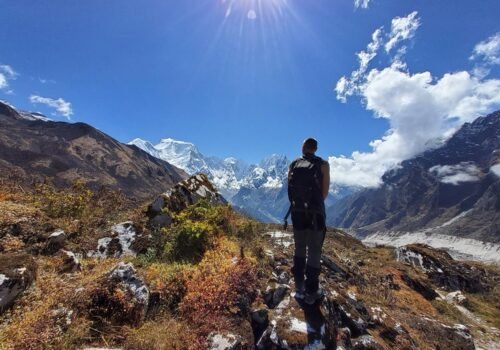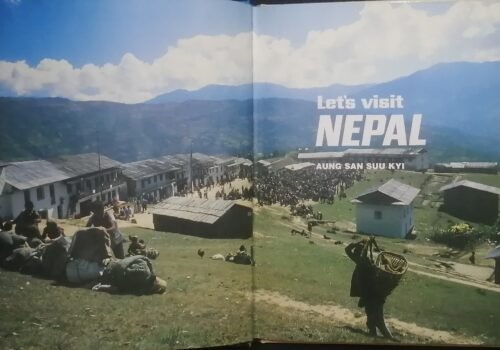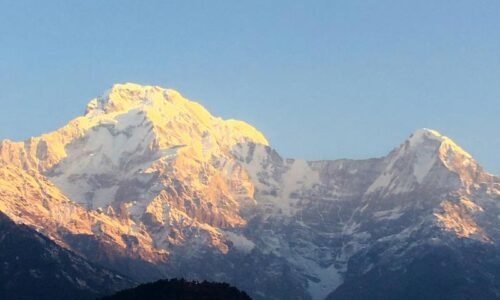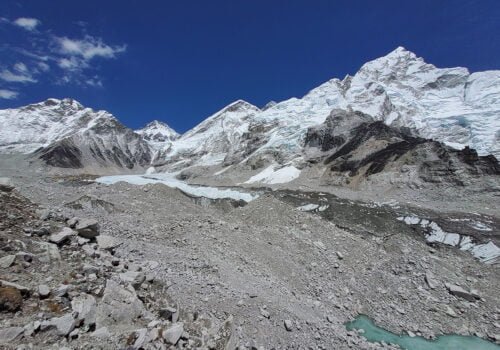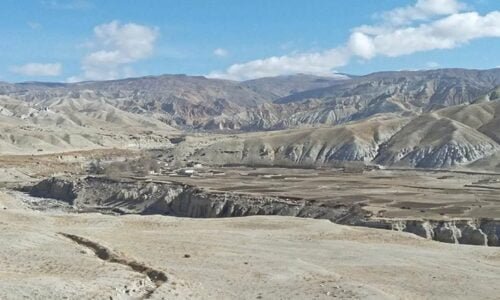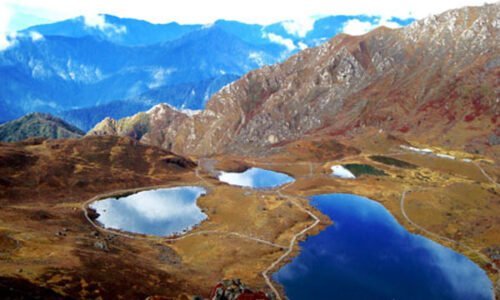Complete Guide to the Annapurna Circuit Trek
30 May 2025 6 min to read
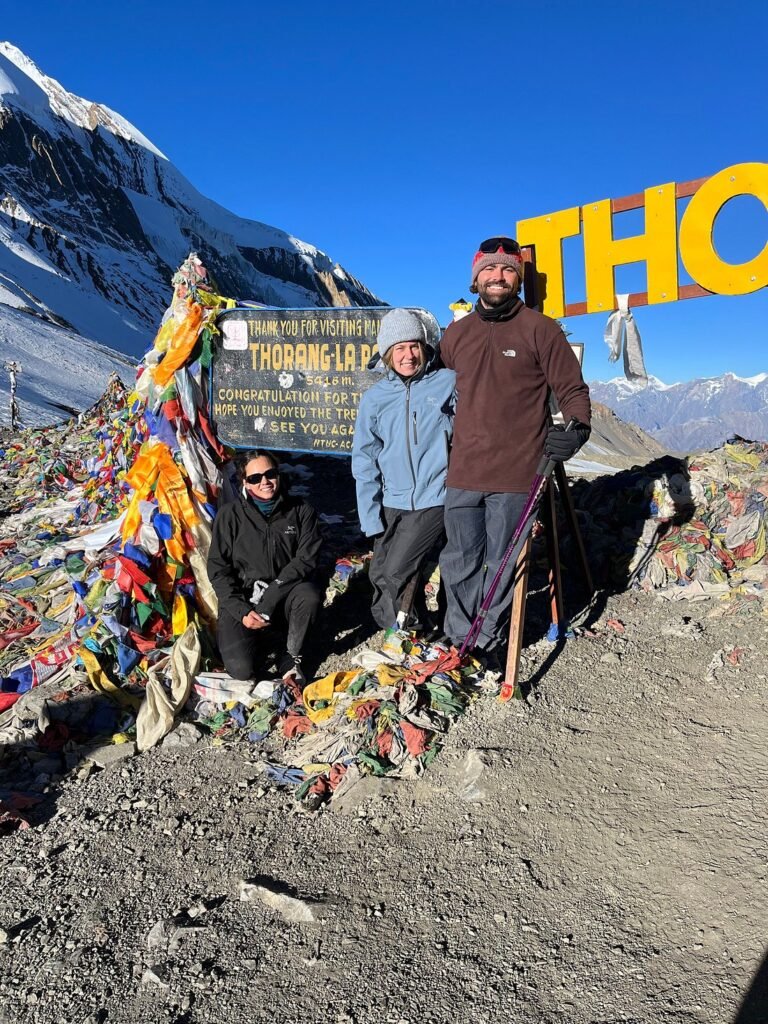
The Annapurna Circuit trek in the Annapurna region is one of the most adventurous and rewarding treks. It takes you to the high elevation of 5,416 m at Thorong La Pass, which is why it is considered difficult. Passing through beautiful villages, witnessing the local Himalayan lifestyle gives a new cultural insight along the journey. The surrounding greenery and towering peaks like Annapurna, Dhaulagiri, Manaslu, etc., highlight the natural beauty of the region. Reaching the sacred temple, Muktinath, fills you with a sense of spiritual serenity. Here is a complete guide to the Annapurna Circuit trek to make your journey effective.
Why Choose the Annapurna Circuit Trek?
Thorong La Pass: Traversing the highest pass, Thorong La at an elevation of 5,416 m, offers a high-altitude adventure.
Phenomenal Mountain Views: The phenomenal views of towering snow-covered peaks like Annapurna, Dhaulagiri, Manaslu, and others throughout your journey.
Ethnic Villages: Cross the traditional villages inhabited by diverse ethnic communities such as Gurung, Thakali, and Manangi.
Local Culture and Lifestyle: The rich Himalayan culture, hospitality, and daily life of the mountain people along the trail.
Terraced Farmlands and Landscapes: Walk through lush terraced fields and picturesque landscapes, admiring the traditional farming.
Sacred Muktinath Temple: A spiritual pilgrimage site, the sacred Muktinath temple, at an altitude of 3800 meters.
Key Information at a Glance
Maximum Elevation: 5,416 m (Thorang La Pass)
Physical Grading: Difficult
Best Seasons: Spring (March-May) & Autumn (September-November)
Accommodation: Basic teahouses along the trail
Meals: Full board during the trek (healthy, hygienic meals)
Permits Required: Annapurna Conservation Area Permit (ACAP), and Trekkers Information Management System (TIMS)
Trek Route:
Chame – Pisang – Manang – Yak Kharka – Base Camp – Thorang La Pass – Muktinath
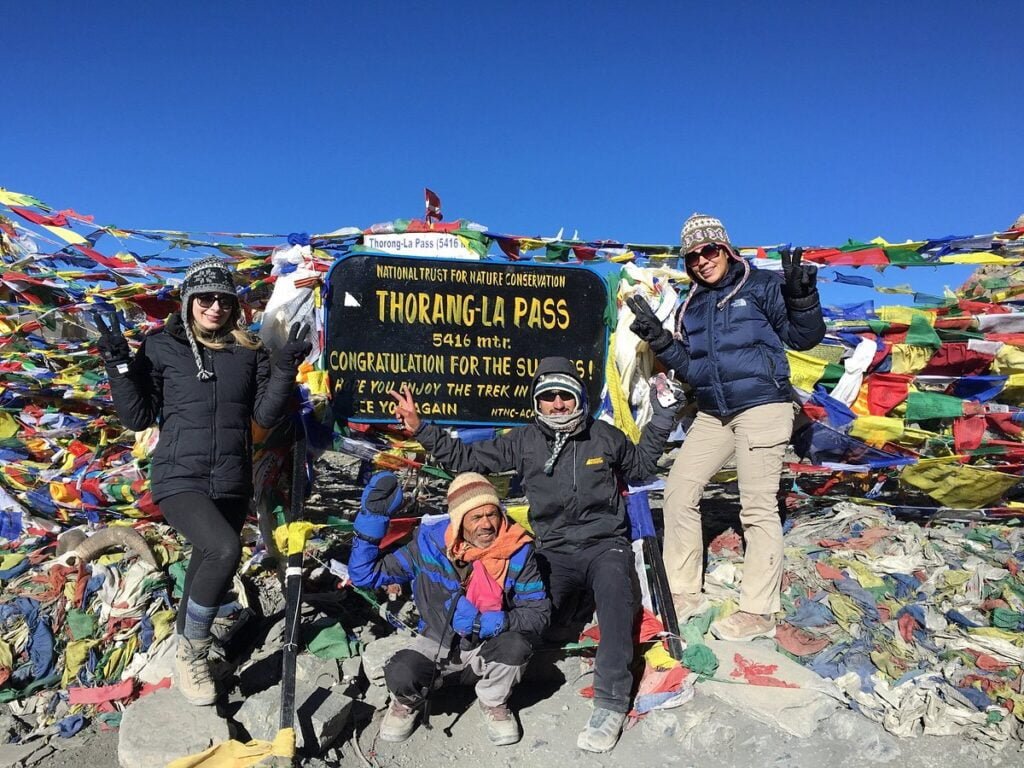
Day-to-Day Short Overview
Day 01: Kathmandu arrival (1400 m)
Arrive in Kathmandu, get welcomed by the representative, and transfer to the hotel.
Day 02: Drive to Besishahar (760 m), Jeep ride to Bagarchhap (2160 m)
A scenic local bus ride to Besishahar and then a 2-hour jeep ride to Bagarchhap.
Day 03: Trek to Chame (2710 m)
Pass through the beautiful settlements of Danaque village, Thanchowk, and Koto to reach Chame.
Day 04: Trek to Pisang (3250 m)
Admiring the scenery, pass through an ascending trail to Pisang.
Day 05: Trek to Manang (3540 m)
Trek to Manang, enjoying the stunning views of the Annapurna Himalayan Ranges.
Day 06: Acclimatization Day
Spend a day visiting Gangapurna Lake and a cave monastery in the vicinity.
Day 07: Trek to Yak Kharka (4050 m)
Traverse the old village of Tanki Manang and Gunsang to reach Yak Kharka.
Day 08: Trek to Base Camp (4450 m)
Admiring the spectacular views of snow-covered mountains, trek to Base Camp.
Day 09: Trek to Muktinath (3800 m) via Thorang La Pass (5416 m)
Traverse the highest point of the trek, Thorang La Pass, and descend to Muktinath.
Day 10: Drive to Pokhara (by local bus)
Enjoy a scenic local bus ride to Pokhara, which takes 8-9 hours.
Day 11: Drive to Kathmandu (1400 m)
Drive to Kathmandu after completing the Annapurna Circuit trek.
Day 12: International departure
Transfer to the airport for an international departure.
Suggested: Upper Mustang Trek
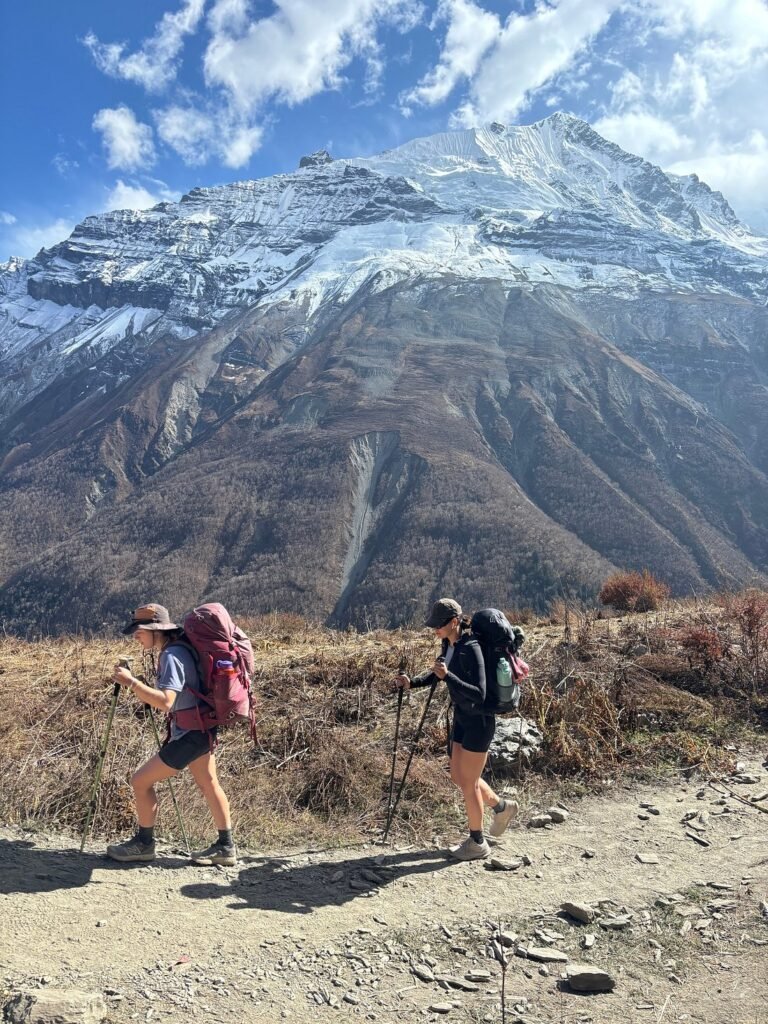
Accommodation and Meals
Basic teahouses or lodges with comfortable twin-sharing rooms are accommodation types. They offer simple facilities and washrooms are mostly outside. The meal options include traditional Nepali dishes with limited Indian and continental cuisines which are healthy and hygienic. For drinking, mineral water bottles or boiled water are available.
Preparation and Fitness
The Annapurna Circuit trek takes you to the maximum elevation of 5,416 m, which makes it a difficult trek. Walking daily for long hours on rough trails is physically demanding. The trekkers must be both physically and mentally fit, hence, we advise participating in exercises. Make sure to participate in hiking and endurance exercises before starting the trek. We recommend strictly following the guidelines, adhering to acclimatization schedules, and staying hydrated during the trek.
Gear and Packing List
Warm clothing: Insulating layers, down jackets, trekking pants, thermals
Trekking boots: Durable, waterproof boots
Sleeping bag: Suitable for temperatures as low as-10°C)
Accessories: Sunglasses, sunscreen, hats, trekking poles, headlamps, and a water purification system
Permits and Fees
The Annapurna Circuit trek requires two compulsory permits.
Annapurna Conservation Area Permit (ACAP)
Foreigners- NPR 3000/person
SAARC- NPR 1000/person
Trekkers Information Management System (TIMS)
Foreigners- NPR 2000/person
SAARC- NPR 1000/person
Diplomats/Foreign Officials & their families- NPR 500/person
Best Seasons to Trek
The Spring (March to May) and Autumn (September to November) are the best seasons for the Annapurna Circuit Trek. These seasons offer clear views, comfortable walking trails, stable weather, and moderate temperatures. The blossoming flowers make the trails more charming while trekking in the Spring season. The festive season vibes and clear views make trekking in the Autumn season more pleasant.
Winter and Monsoon season treks are unpleasant as the weather is unpredictable and the trails are slippery. However, it is possible to trek with proper planning and preparation, during the Winter (December to February) and Monsoon (June to August) seasons for interested trekkers.
Also Read: Upper Mustang Tiji Festival
Conclusion
A Complete Guide to the Annapurna Circuit Trek provides detailed insights to plan your trek successfully. The local lifestyle, small villages, diverse landscapes, changing elevations, and towering snow-covered peaks in the Annapurna region captivate with their natural and cultural richness. The Annapurna Circuit trek is difficult and demanding, but with careful planning and preparation, this trek is worth it. So, what are you waiting for? Get ready for the Annapurna Circuit trek.
Annapurna Circuit Trek Frequently Asked Questions
How long is the Annapurna Circuit Trek?
The Annapurna Circuit trek takes around 10 to 12 days to complete.
Do I need a guide for the Annapurna Circuit Trek?
A licensed guide is mandatory, and it is highly recommended for the Annapurna Circuit Trek.
Can I do the Annapurna Circuit Trek independently?
An Independent Annapurna Circuit Trek is strictly prohibited.
Are there any age restrictions for the Annapurna Circuit Trek?
There are no age restrictions, but we still recommend parental guidance for children below 16.
Are there any alternative routes or side trips on the Annapurna Circuit Trek?
Some popular side trips on the Annapurna Circuit Treks are Tilicho Lake with extended days.
Are there ATM facilities available along the Annapurna Circuit Trek?
There are ATM facilities at Besishahar on the Annapurna Circuit Trek route. We highly suggest carrying enough cash (in Nepalese rupees) to cover your expenses throughout the trek.
Are there any communication facilities available during the Annapurna Circuit Trek?
There are limited communication facilities, such as mobile network coverage and Wi-Fi, along the Annapurna Circuit Trek.
Can I extend or customize the Annapurna Circuit Trek?
Yes, the Annapurna Circuit Trek can be extended or customized, and consult with a trekking agency for it.
